Best Event Stage Design Ideas
As an event marketer, you want to make sure your events are properly designed – not just from an aesthetic point of view, but from the point of view of their purpose as well. No marketing event happens without a clear goal – and yours should make no exception whatsoever.
In fact, you absolutely need to make sure your event is properly coordinated with your marketing goals. Without this, your marketing event might turn out nice – but it might not actually create leads, or create loyalty, or bring any real benefit to your business.
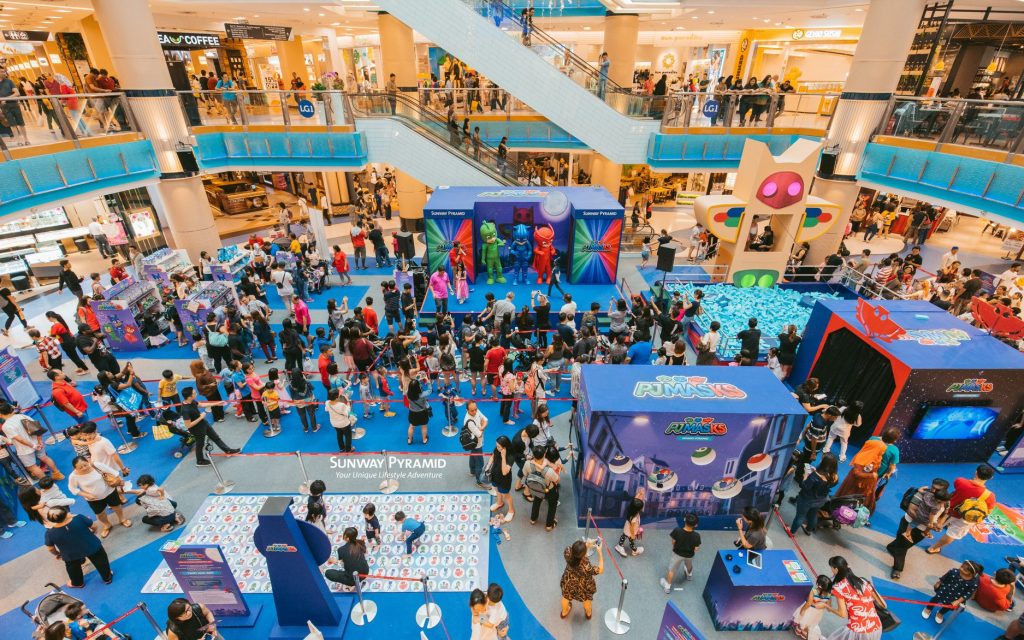
A well-designed event stage, however, can be a complete game changer and it can actually help you attain your goals – whether they are building brand awareness, creating loyal clients, or attracting leads.
The article at hand is all about helping you create a stage design that will truly fit you and your business’ purpose. The main focus here is consisted by roadshows, launch activations, seasonal events (like the Chinese New Year, Christmas, or Hari Raya), as well as corporate launches and campaigns.
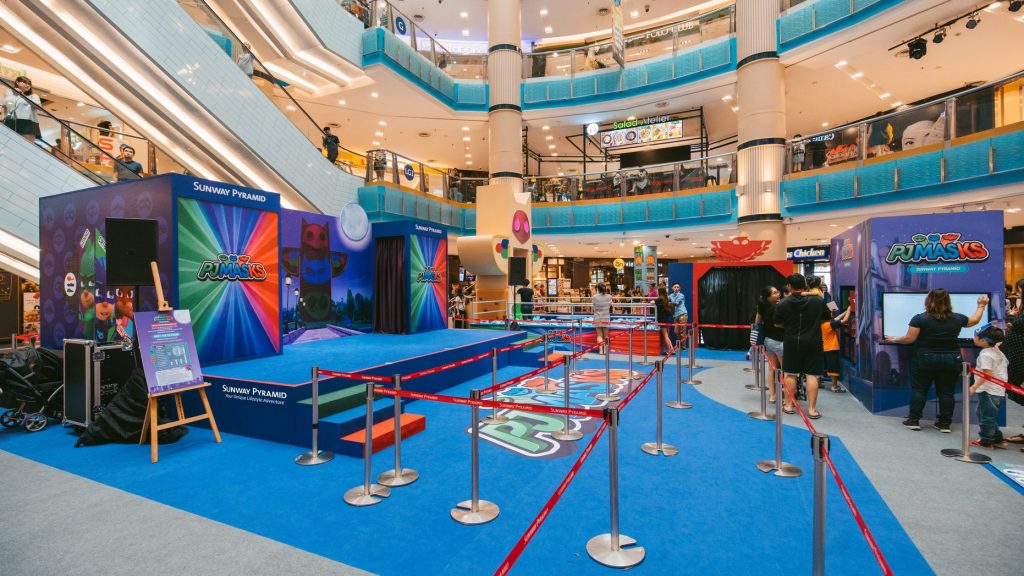
So, without further ado, let’s dive into the best stage decoration ideas out there – read on and find out more about creating a stage decoration that will be a complete game changer for your business!
Define the Objective or Function of the Stage
Our advice is to not even proceed further to searching for design stage ideas until you establish a clear purpose for your stage. This will help you pick the best types of stage design ideas – from the stage lighting design to the steps of the company event stage production, having a clear goal in mind will help you make the right choices.
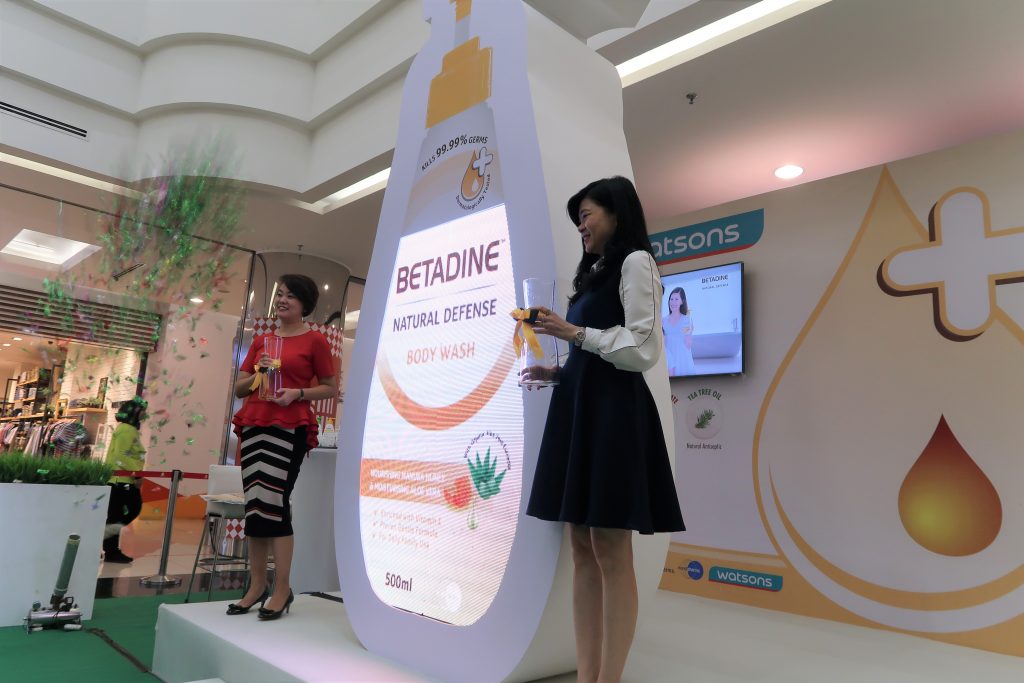
Some of the most common stage functions include the following:
1) Product presentation. If you are launching a new product, if you are re-launching a product, or if you simply want to open your product to a new market or niche, you will have to organize a product presentation event. In this case, the type of design ideas for events you should look towards are the ones that focus a lot on the product – maybe you could even create a background (digital or not) that is all about the product and its features, or you could even create something more unique (such as something shaped like your product or the things it does).
2) Again, in this case you want to have this type of event, you should coordinate your design ideas for events with the type of event you want to have and with its specific purpose. You absolutely need to do this!
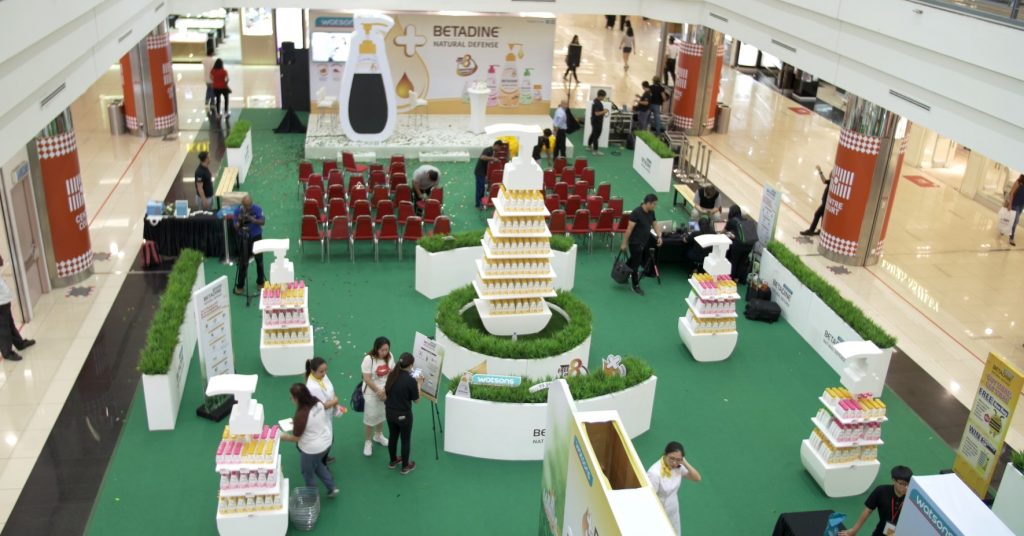
3) In case your event’s main focus is a speech – maybe one announcing changes in the company, new products or lines of products, or simply demos of a product – you will have to place the main focus on the person (or persons) giving the speech. After all, this person is the center of attention – and although your design stage set will definitely include elements that point towards the product or the main topic of discussion, the truth is that the focus must lie on what is said – and more specifically, on the person who says it.

4) Sometimes, companies have performance-based events to showcase their products or simply to attract people towards them. This makes all the sense in the world, particularly with some types of products and markets. If that is the case, your professional stage setup will have to accommodate the needs and the décor of that performance – regardless of whether it is a concert, a drama play, or a one man show.

5) Launch gimmicks. When it comes to launches, marketers love launch gimmicks – and this is a type of event in its own right, because it does not necessarily focus on the value of the product only, but also on the entertainment value of the actual event as well. This type of events go out with a bang – they are meant to attract, amaze, and even loyalize customers that might not know about your company and the products you bring on the market. Therefore, your stage design in this case will have to be nothing less than spectacular – because that is precisely what you are aiming for with this entire event.
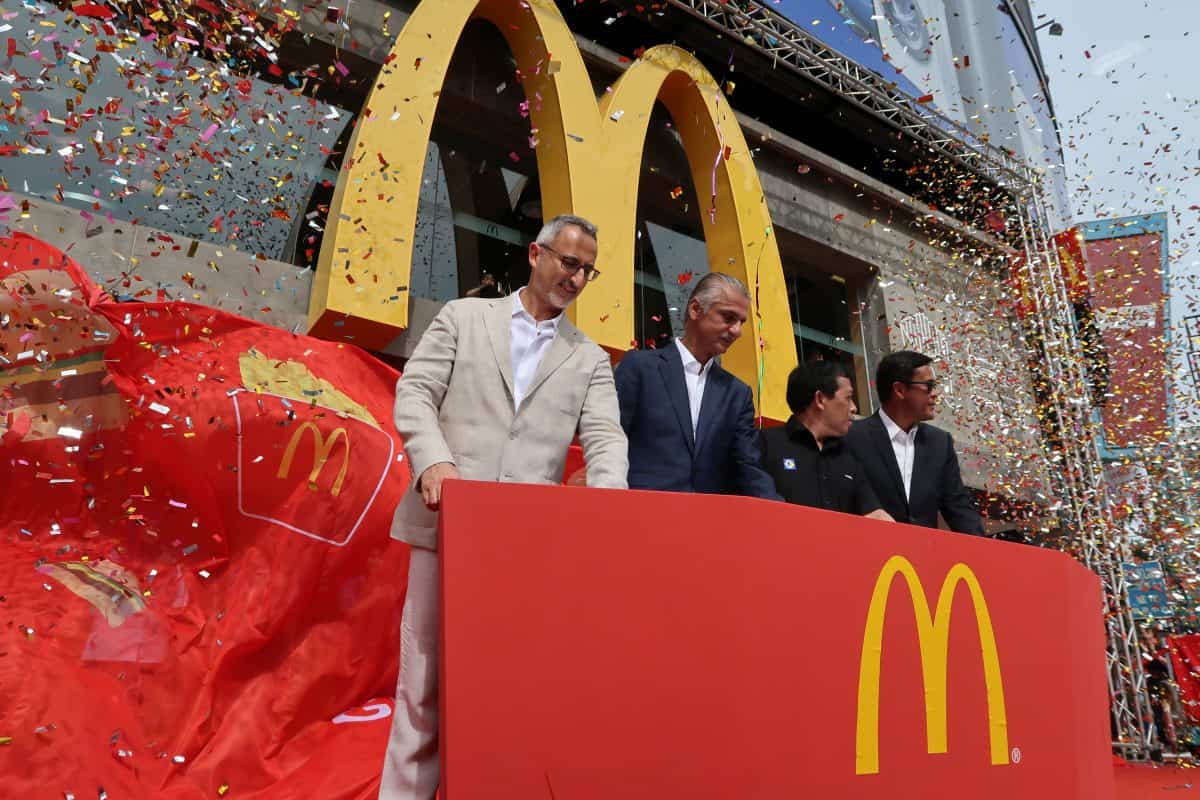
Of course, there are many other types of events – and each of them comes with its own way of planning the event stage itself. You should definitely use your creativity – but in the end, it should be something you fully coordinate with your event’s goal.
Event Stage Design Themes & Feel
Once you have determined the goal of your marketing, you should also start working on the actual vibe and the feel your event will give off.
While there are many ways to do this, they are generally categorized in three main groups
1) This is quite somber, and it can definitely be perceived as the drier type of event design. However, in certain contexts, it is precisely what you need. When it comes to companies that sell very high-end products, or companies that are in themselves very corporate, it only makes sense that their events will mirror this. Aside from the apparent stiffness, this type of event will create a sense of trustworthiness among your clients, helping you show that your company is serious – and that it means business. Very frequently, B2B companies resort to this type of design because it is more compatible with the idea of selling products or services to another business.

2) At first, this might seem just as stiff as the corporate style – but when you look closer, you will realize that this type of events has a special kind of simplicity. It’s not all about gray shades and metallic nuances here – it’s about keeping it to a minimum. Sometimes, a minimal style can embrace a natural style – such as wooden tables and chairs, and a general feel of “less is more”. Other times, it can embrace a futuristic style as well – such as a style that focuses on sharp edges and geometric shapes.
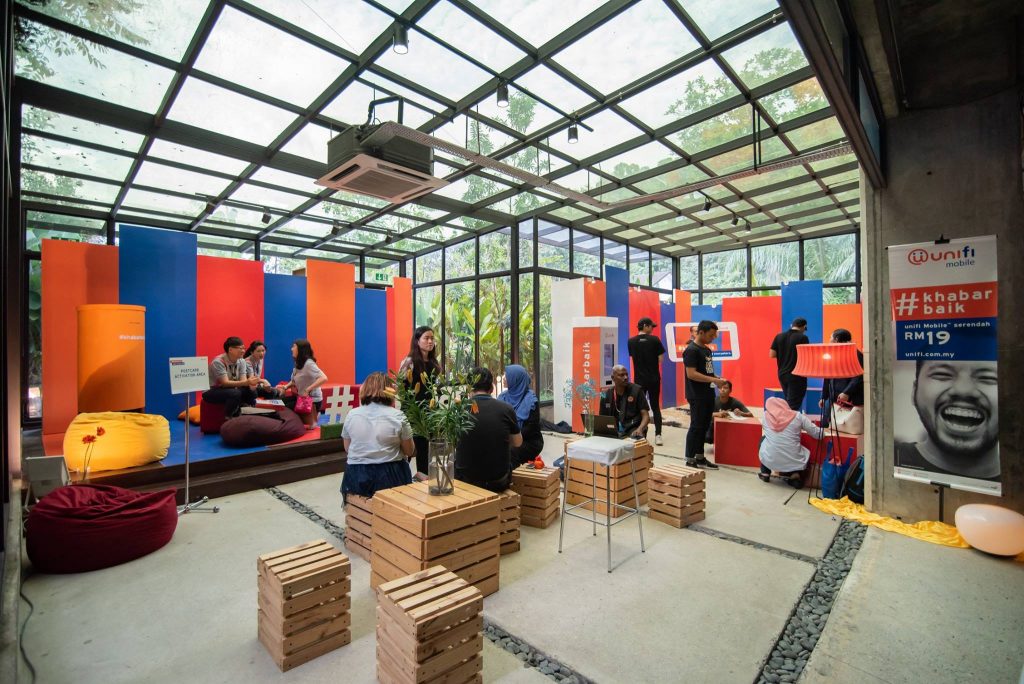
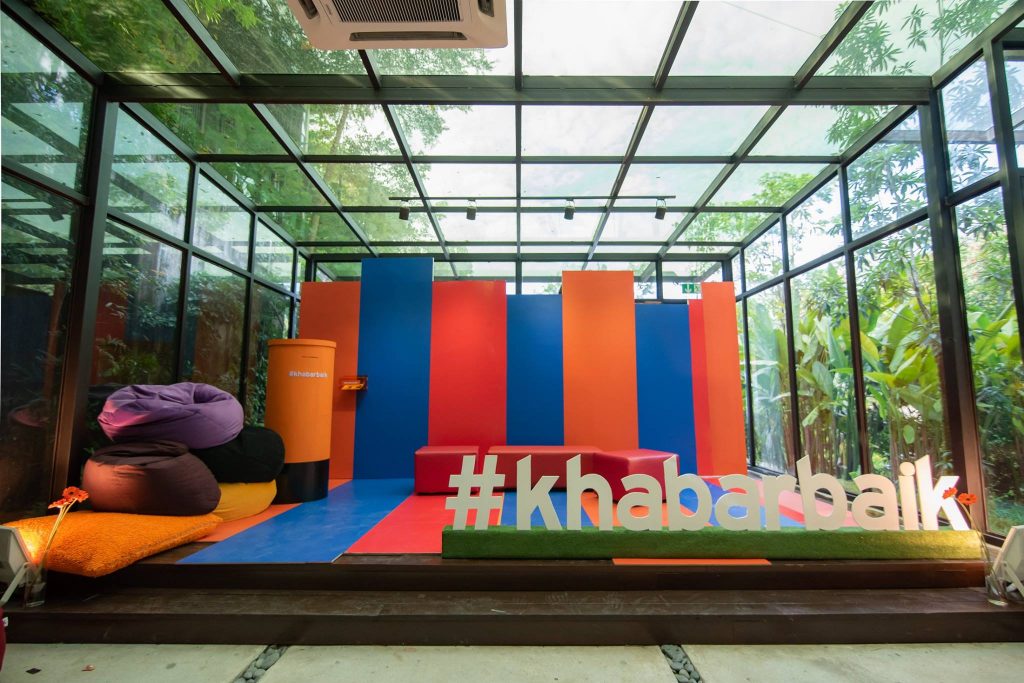
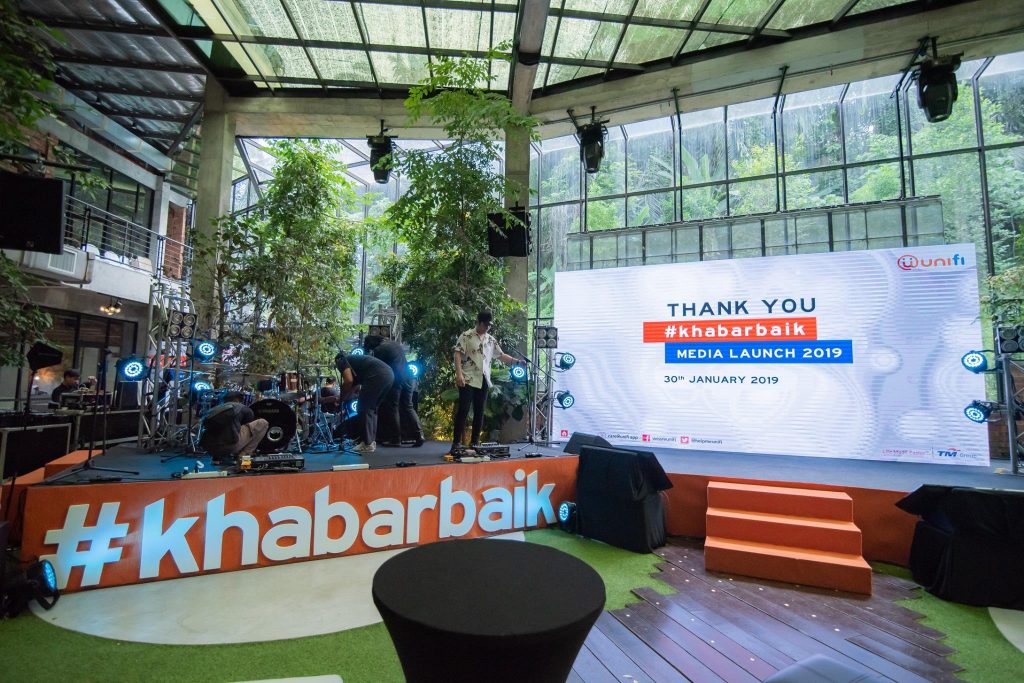
3) If you are a marketer, this is probably your favorite style. Creative events are meant to make everything look really special – to attract crowds, to convince, them and, in the case of certain target audiences, even to make them loyal to your company. As long as you adhere to brand guidelines, and your event sends out the right message, you can actually let your creativity roam wild. It will be worth it!

The Key Elements of Stage Design
Alright. By now you have determined the purpose of your event and you have determined the kind of style you want to approach.
What’s next?
Well, you will have to decide on the particular elements of the stage design.
Of course, there could be a lot of extra elements you might want to add, but at the end of the day, it all comes down to the following elements:
1) This is the background of your stage. It can be a large banner, it can be something really spectacular, or it can even be something digital, such as a stage screen (which is actually recommended if your company pertains to the larger spectrum of technology companies).
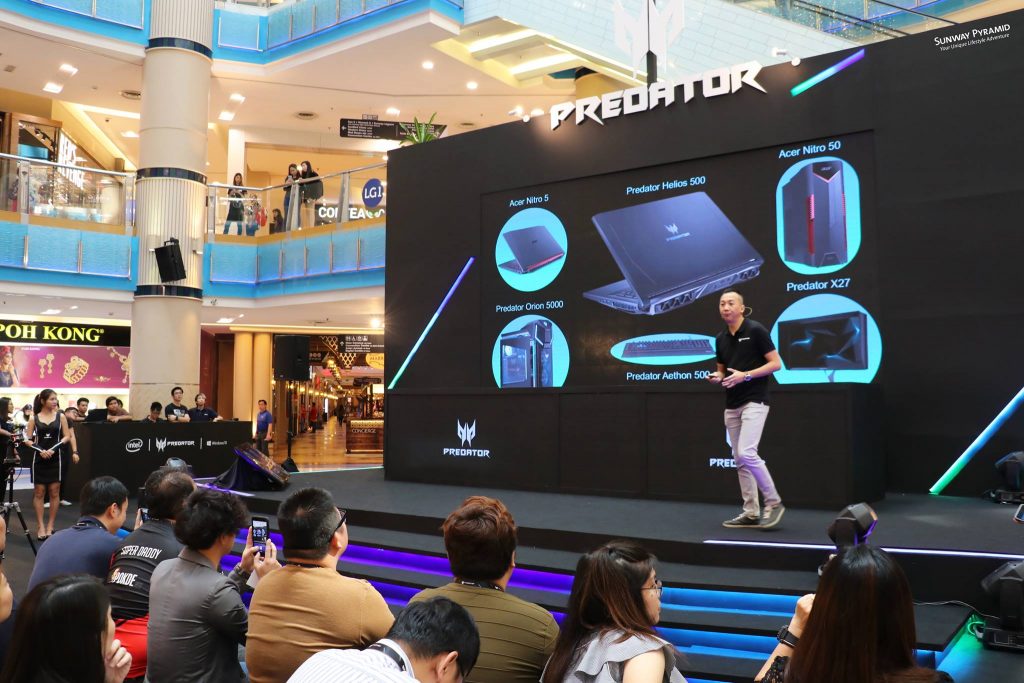
2) No matter what type of event you may be planning, you will most likely have to include some sort of visuals too. A digital banner, an LED screen, a projector to help you show images or slides – these are just some of the more commonly encountered types of visuals for events.
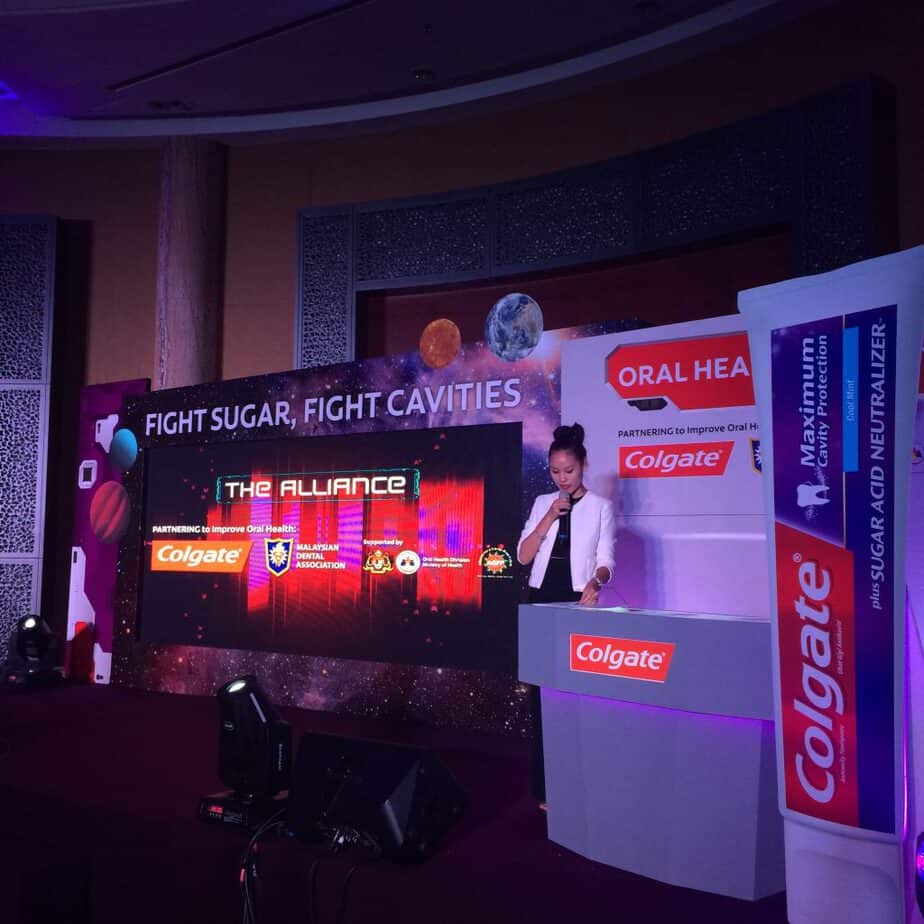
3) Depending on what type of event you want to plan and its overall style, you may have to bring in some props as well. They can be anything: from benches and chairs to musical instruments, statues, and so on.
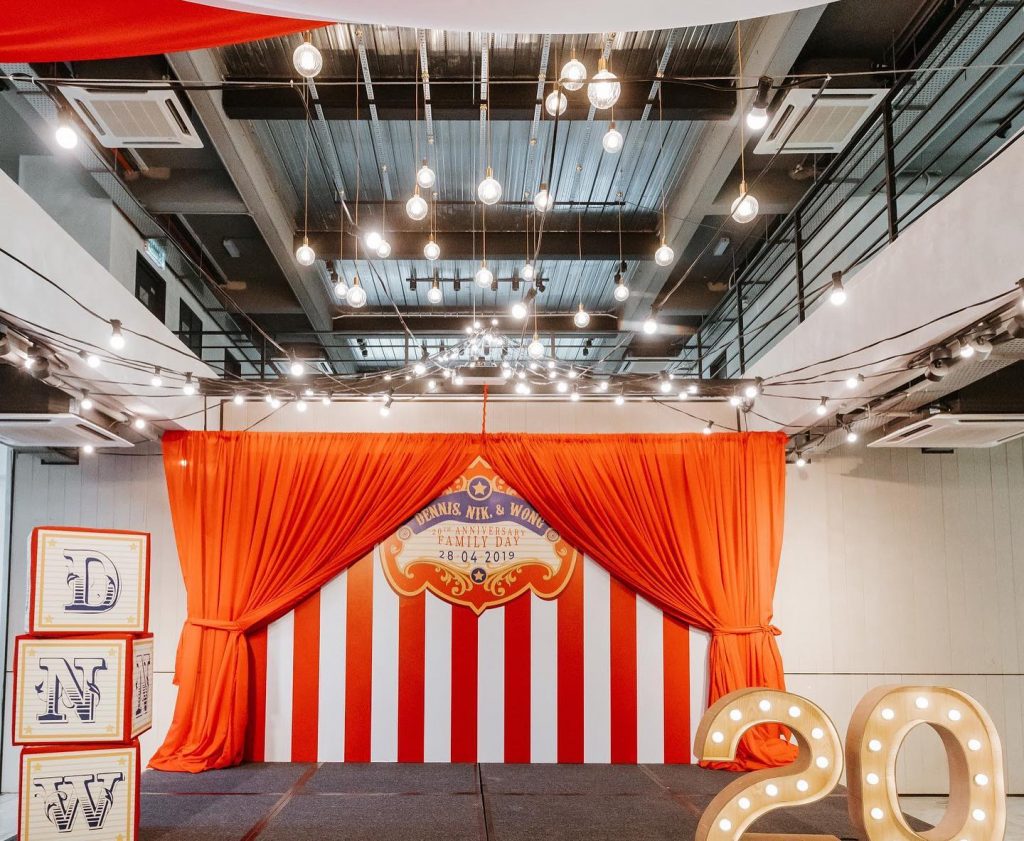
4) The right lighting can make or break your entire event design – so make sure you choose wisely here. From colored lights to little fairy lights, every type of event lighting out there is meant to be used in a particular way, for specific target audiences, and specific types of events in general.
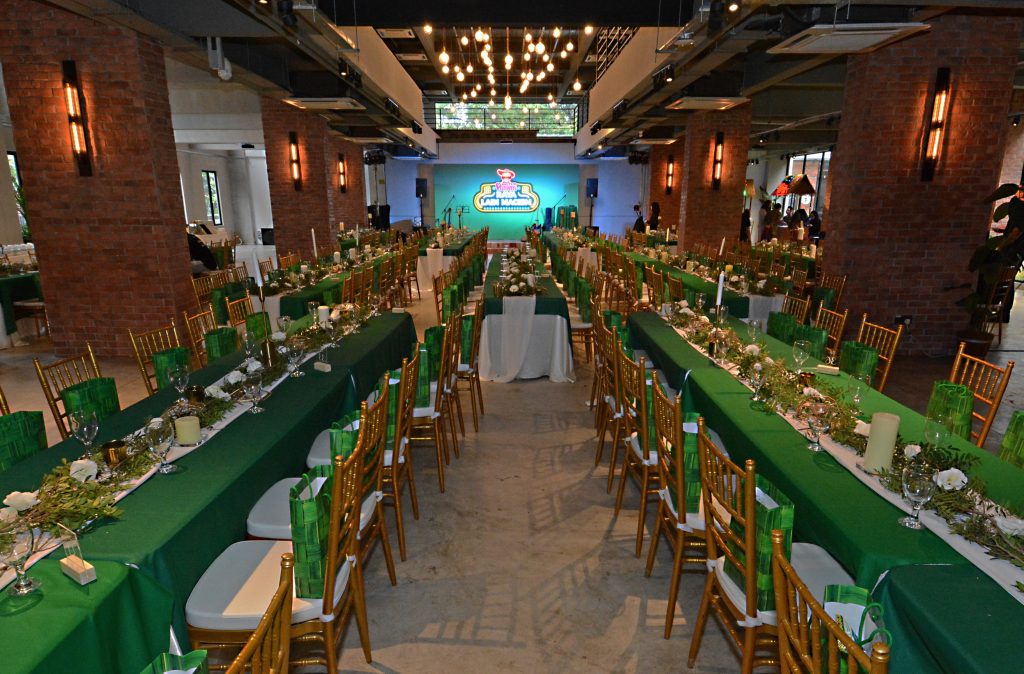
5) Color scheme. As a marketer, you should know better than anyone just how powerful color can be – so make sure you choose a color scheme that coordinates with your brand, with the event purpose, and with the message you want to send out in the world.
6) Décor. Flowers, candles, table linens for stages that are more intimate and “home-like” – your décor has to be very attentively selected. Every small detail counts!
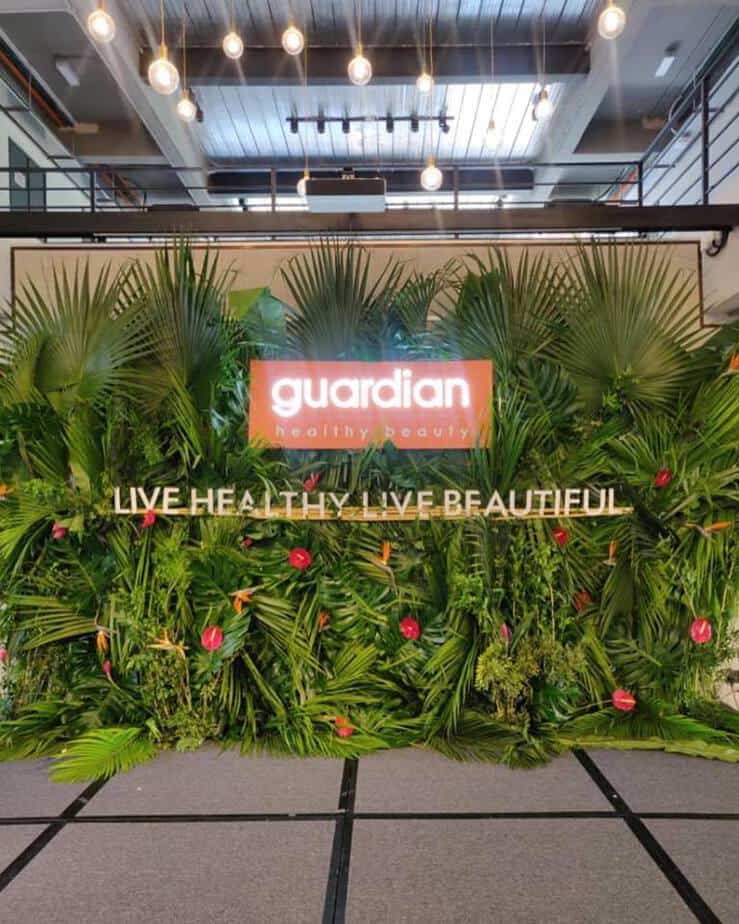
7) Launch gimmicks. If you want to launch a product and create something really special around this, you might want to think of smoke machines, bubbles, foam, fireworks, sparklers, and anything in between. Yes, these too should be considered as elements of your event stage design, regardless of whether you want to have an outdoor stage or an indoor one.
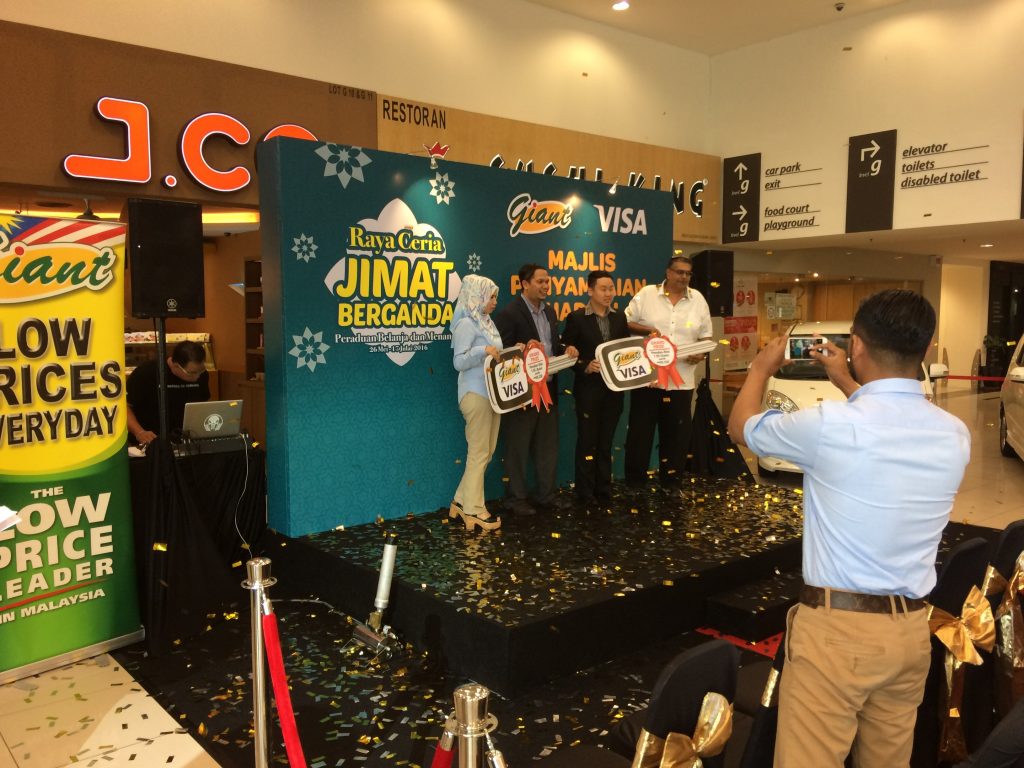
Event Stage Design Based on Size
The size of your stage will also have a huge influence on how you have to plan things out with it. Just think of it: you can’t actually do the same type of design for a small, intimate stage as you would for a very large one.
Here are some of the most common examples:
1) Big concourse area. This could be a roadshow event stage design in the mall, or it could even be something you plan on an actual arena. In this case, you have to focus on making sure your message gets across to a mass audience in a large space. A 360 degree stage might be a good idea in this case, as it will allow you to “cover” more people in an easier way.
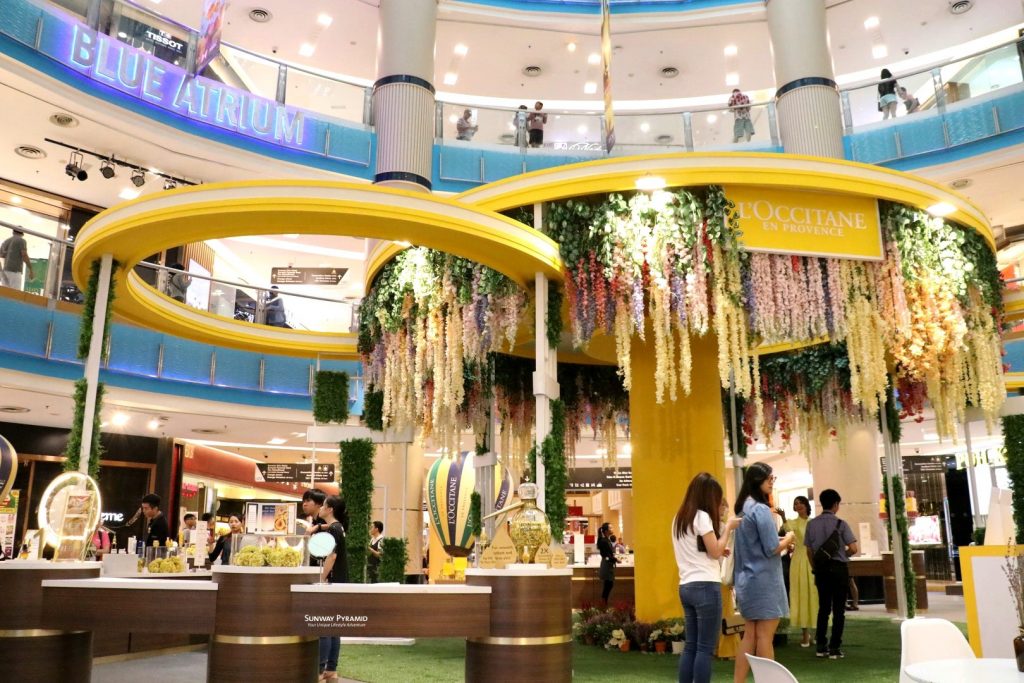
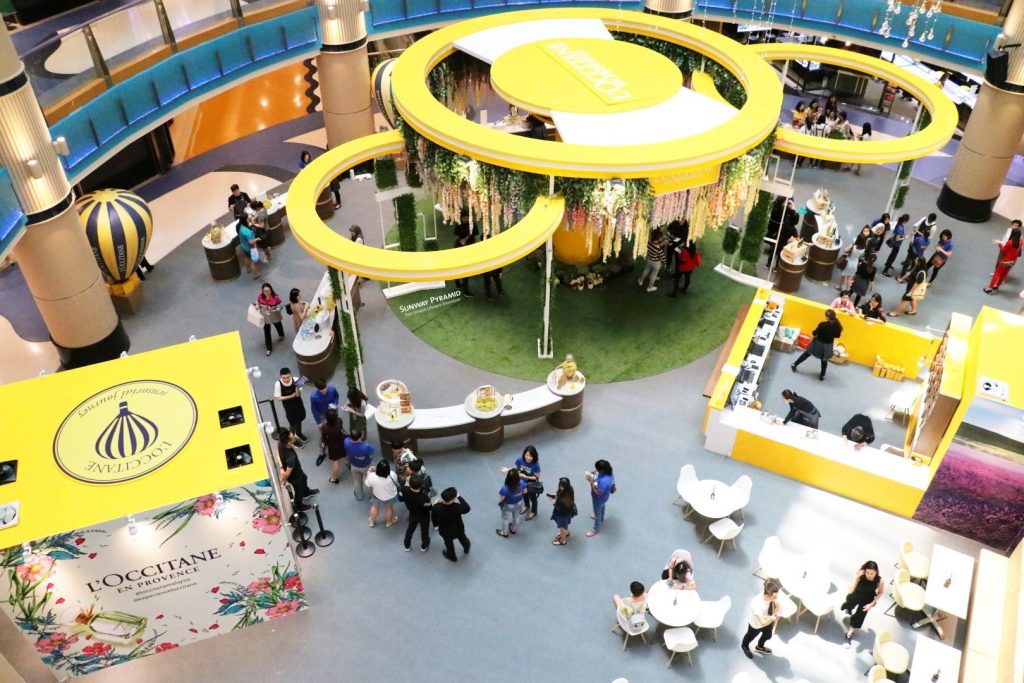
2) Medium or small concourse area. In general, this type of areas are meant for events that are smaller, more intimate, and probably with a completely different purpose than that of a large arena event. Therefore, you have to focus on creating a good vibe – and yes, this means your details have to be in perfect order, especially since they will be more noticeable in this case!

3) Event spaces rental areas. This could be different places, of different sizes, depending on the location. The Grounds, Glasshouse Seputeh, Subjang Jaya – these are some examples of rental spaces. We also have some suggestions at this link, so check it out if you’re interested!

In the end, you have to keep an open mind when it comes to stage design (and marketing events design in general). Your target audience, your brand, and your overall goal dictate the limits within which you should play.
But everything beyond that is on you. With a bit of imagination, you have the power to create something that is spectacular in every single aspect. You have the power to create the kind of events that are absolutely fantastic. You have the power to prove, once again, that event marketing is not about the show off only – it is, without doubt, about making sure that your company is well represented, about convincing people, about bringing them towards your brand, and creating a loyal customer base that will always come back for more.
Look at Coca Cola or Apple or any of the big brands in the world. They do rely on marketing and advertising to take their brands further – but they always bring something new while adhering to the same brand guidelines. All Apple events will look more or less the same, for example – but the details make the difference from one event to another, and they allow the information and the brand message to transpire through all the décor, all the design, and all the words that are spoken on stage.
Don’t limit your creativity – as an event marketer, you truly have the power to make a change! Do it and you will never regret it. Your company will thank you for it and, years from now, looking back on everything you have ever done, you will thank yourself for it as well!